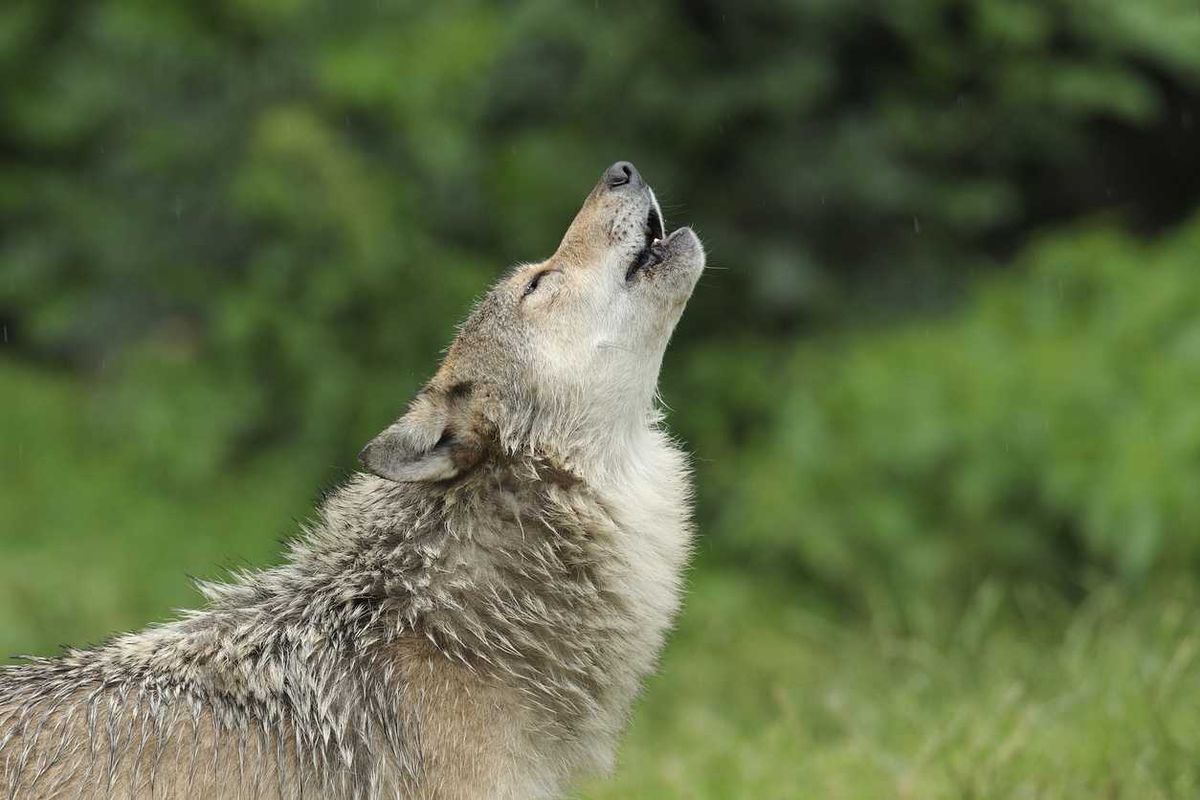Science & Tech
Anagramm/iStock
Ancient wolf remains, dating back thousands of years, have been discovered by scientists on the small, isolated Swedish island in the Baltic Sea – and they can even tell us a bit about early humans.
That’s because the Stora Förvar cave on Stora Karlsö, where the 3,000 to 5,000-year-old remains were found, has no native land mammals, meaning they would have had to be brought onto the island by human beings in prehistoric societies.
Dr Linus Girdland-Flink, of the University of Aberdeen, is a lead author of the study into this, and said such a discovery is “completely unexpected”.
“Not only did they have ancestry indistinguishable from other Eurasian wolves, but they seemed to be living alongside humans, eating their food, and in a place they could have only have reached by boat. This paints a complex picture of the relationship between humans and wolves in the past,” he said.
Complex, because the study suggests prehistoric interactions between humans and wolves “were more diverse than previously thought”, and go beyond the hunting or avoidance of the animals to instead build complex interactions with them which mirror “new aspects of domestication”.
The news comes just months after a US company shared footage of the first dire wolf howl in more than 10,000 years, after bringing the animal back from extinction in October 2024.
The next animal reported to be on a “de-extinction” journey is New Zealand’s moa nunui (or giant moa).
The latest study, which involved researchers at London’s Francis Crick Institute, the University of Aberdeen, the University of East Anglia and Stockholm University, can be found in Proceedings of the National Academy of Sciences.
It said genomic analysis of remains confirmed they belonged to wolves, rather than dogs, and displayed traits typically associated with human cohabitation.
Pontus Skoglund, of the Francis Crick Institute, said: “It was a complete surprise to see that it was a wolf and not a dog.
“This is a provocative case that raises the possibility that in certain environments, humans were able to keep wolves in their settlements, and found value in doing so.”
Isotope analysis of their bones revealed a diet which aligned with that of the humans on the island – one rich in marine protein such as seals and fish – and it was also found that the wolves were smaller than their typical mainland equivalents.
The scientists said one wolf specimen displayed “advanced pathology in a limb bone”, limiting its movement in a way which suggests it may have been able to survive in an environment where it would not have needed to hunt large prey, and may have been cared for.
Another, meanwhile, showed “signs of low genetic diversity”, which academics said points to isolation or controlled breeding.
It remains unclear if the wolves were tamed, kept in captivity, or something else entirely, but the discovery does challenge the existing understanding of the dynamics between humans and wolves, as well as the process of “dog domestication”.
Why not read…
- Oldest cave art in the world discovered – and it wasn't made by humans
- Scientists discover unknown species hidden in the world's longest cave
Sign up to our free Indy100 weekly newsletter
How to join the indy100's free WhatsApp channel
Have your say in our news democracy. Click the upvote icon at the top of the page to help raise this article through the indy100 rankings.
Top 100
The Conversation (0)














